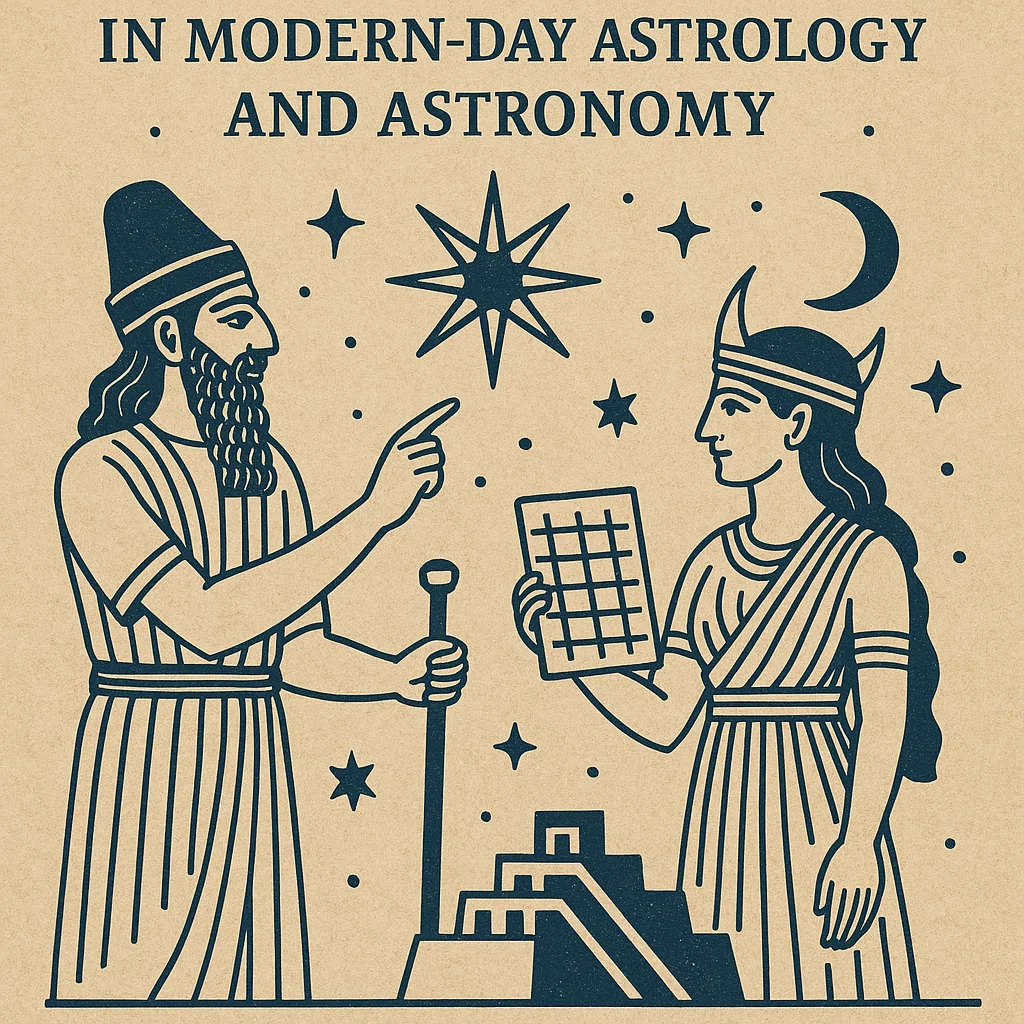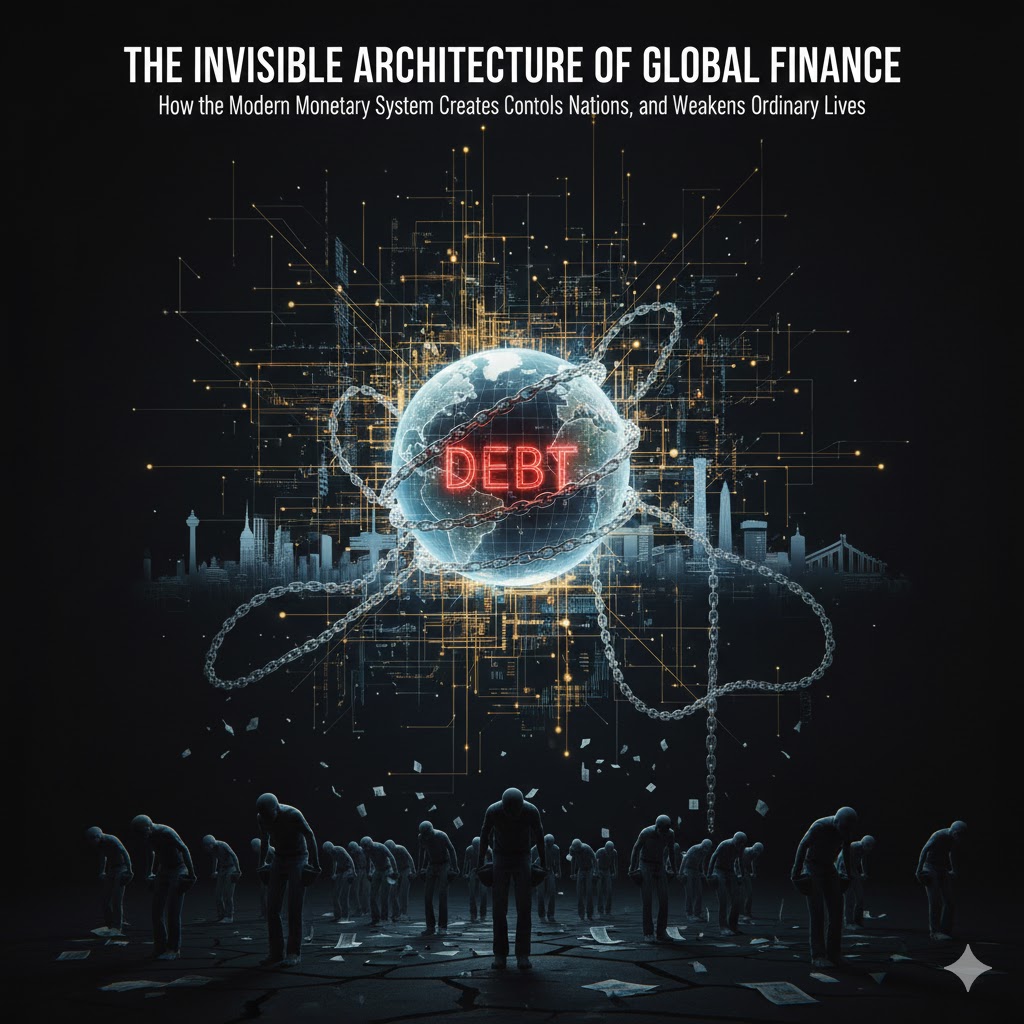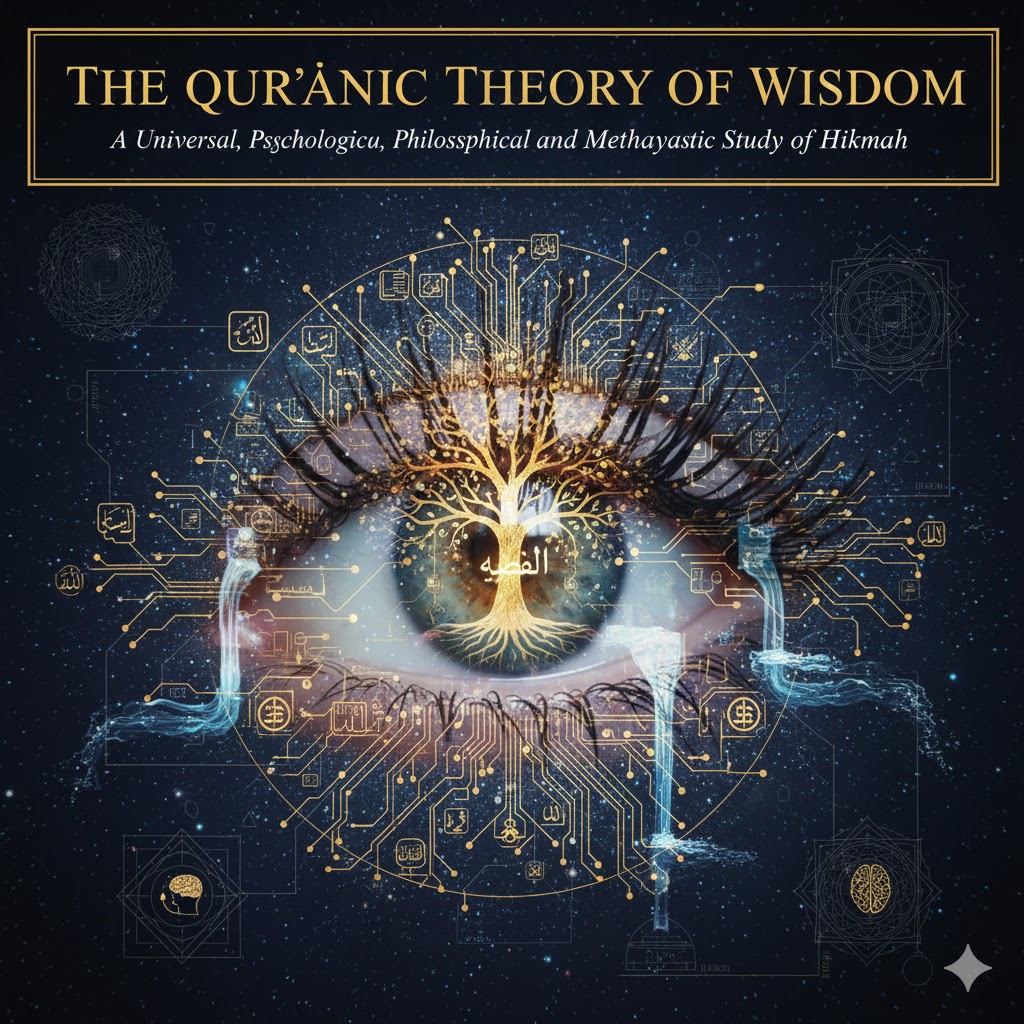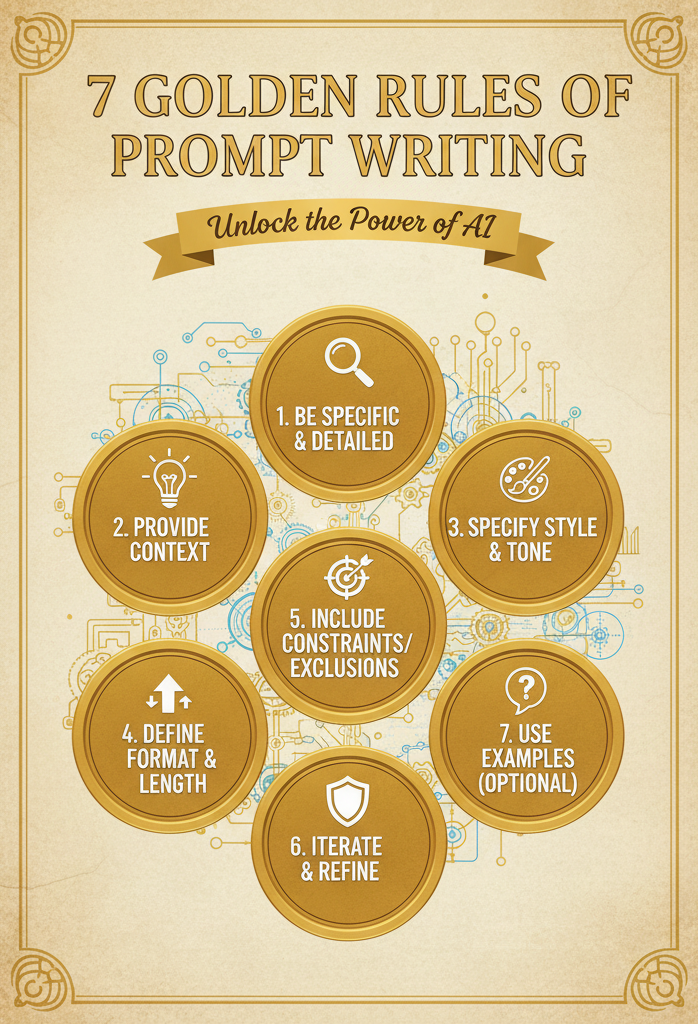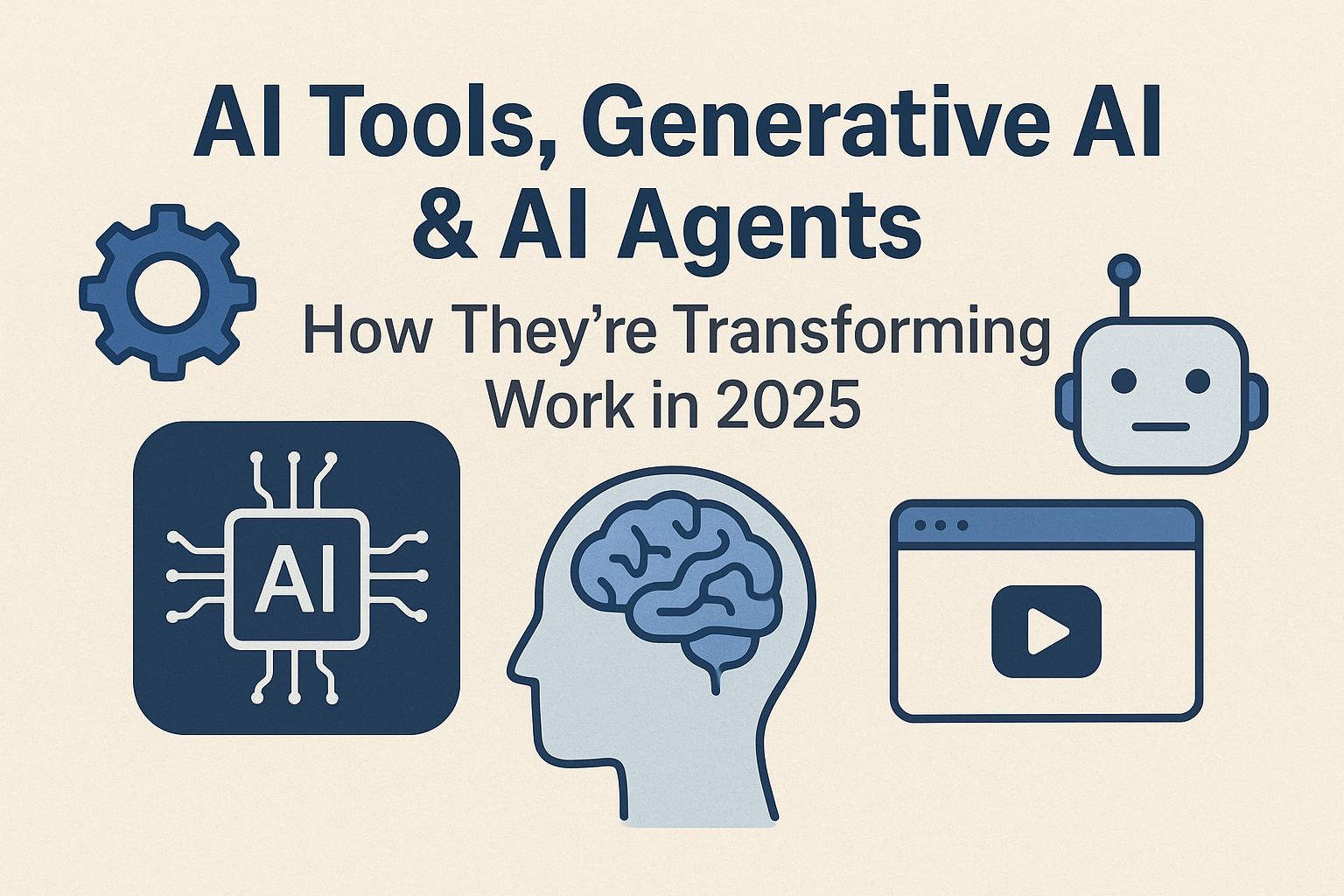Artificial intelligence has moved from novelty to necessity. In 2025, conversations about AI are no longer abstract—they revolve around the practical tools that millions of people now use every day. Generative AI and autonomous AI agents are reshaping industries, workflows, and even the way individuals think about productivity. The shift is massive: instead of just automating repetitive tasks, AI now collaborates, creates, and makes decisions alongside humans.
AI Tools: The New Productivity Stack
The first wave of AI adoption came through accessible tools—platforms that integrated AI into daily tasks without requiring technical knowledge.
- Text and Content Creation: Tools like ChatGPT, Jasper, and Copy.ai help draft articles, emails, ads, and entire campaigns in seconds.
- Visual Creativity: MidJourney, DALL·E, and Stable Diffusion allow anyone to generate images, designs, or concept art with a simple prompt.
- Video and Audio: Tools such as Runway, HeyGen, and Descript make video editing, dubbing, or animation accessible without specialist skills.
- Work Automation: Platforms like Notion AI, Grammarly, and AI assistants within Google Workspace and Microsoft 365 now guide everything from writing to project planning.
These tools are becoming the new “productivity stack,” just as spreadsheets and word processors were in earlier decades.
Generative AI: From Ideas to Outputs
Generative AI refers to models that create new content—text, code, images, music, video—rather than just analyzing data. The key advances lie in:
- Natural Language Understanding: Models can now generate contextually accurate and highly tailored content.
- Multimodality: AI no longer stays in one lane—text-to-video, image-to-audio, and voice-to-3D generation are blurring boundaries.
- Customization: Fine-tuning allows companies to build generative models aligned with their brand, tone, or specific datasets.
The practical outcome is speed. Campaigns, prototypes, and creative drafts that once took weeks can now be produced in hours. This doesn’t replace human imagination but accelerates it—acting as a co-creator rather than a mere assistant.
AI Agents: From Assistance to Autonomy
If generative AI is about producing outputs, AI agents are about taking actions. Agents are autonomous systems designed to complete multi-step tasks with minimal human input. They chain together reasoning, planning, and execution in ways that mimic decision-making.
Examples include:
- Customer Support Agents: Handling queries, escalating issues, and resolving problems without human intervention.
- Research Agents: Scanning large datasets or online sources, summarizing findings, and producing structured reports.
- Workflow Automation Agents: Booking meetings, sending follow-up emails, or integrating across multiple apps.
- Business Ops Agents: Managing inventory, forecasting demand, or adjusting pricing dynamically.
The promise of AI agents lies in their ability to go beyond “answering questions” to “taking initiative.” In many industries, they are emerging as digital employees—able to scale work without the limits of time zones or fatigue.
Opportunities and Challenges
The rise of AI tools and agents opens enormous possibilities:
- Efficiency: Faster workflows and reduced operational costs.
- Creativity: New modes of expression and innovation.
- Accessibility: Small teams and individuals can now access capabilities once reserved for large enterprises.
But the challenges are equally pressing:
- Trust and Transparency: Can businesses trust agents to make accurate, ethical decisions?
- Job Shifts: Which roles will evolve, and which may disappear?
- Regulation: Governments are struggling to set boundaries for privacy, copyright, and accountability.
The future of AI adoption depends on finding balance—leveraging its benefits without losing human oversight.
Looking Ahead
As 2025 unfolds, AI is no longer a side tool—it is central to how organizations and individuals function. Generative AI gives us the power to create at scale, while AI agents handle the grind of execution. Together, they mark the beginning of a new digital ecosystem: one where humans design the vision, and AI accelerates the journey.
The question is not whether AI tools and agents will become part of our lives—they already are. The real question is how we choose to shape their role: as shortcuts for convenience, or as true partners in building the future.


